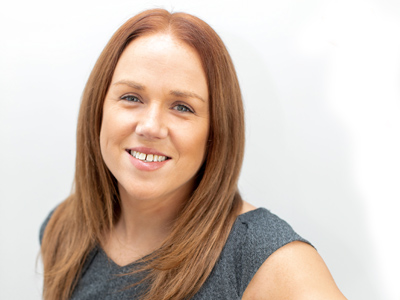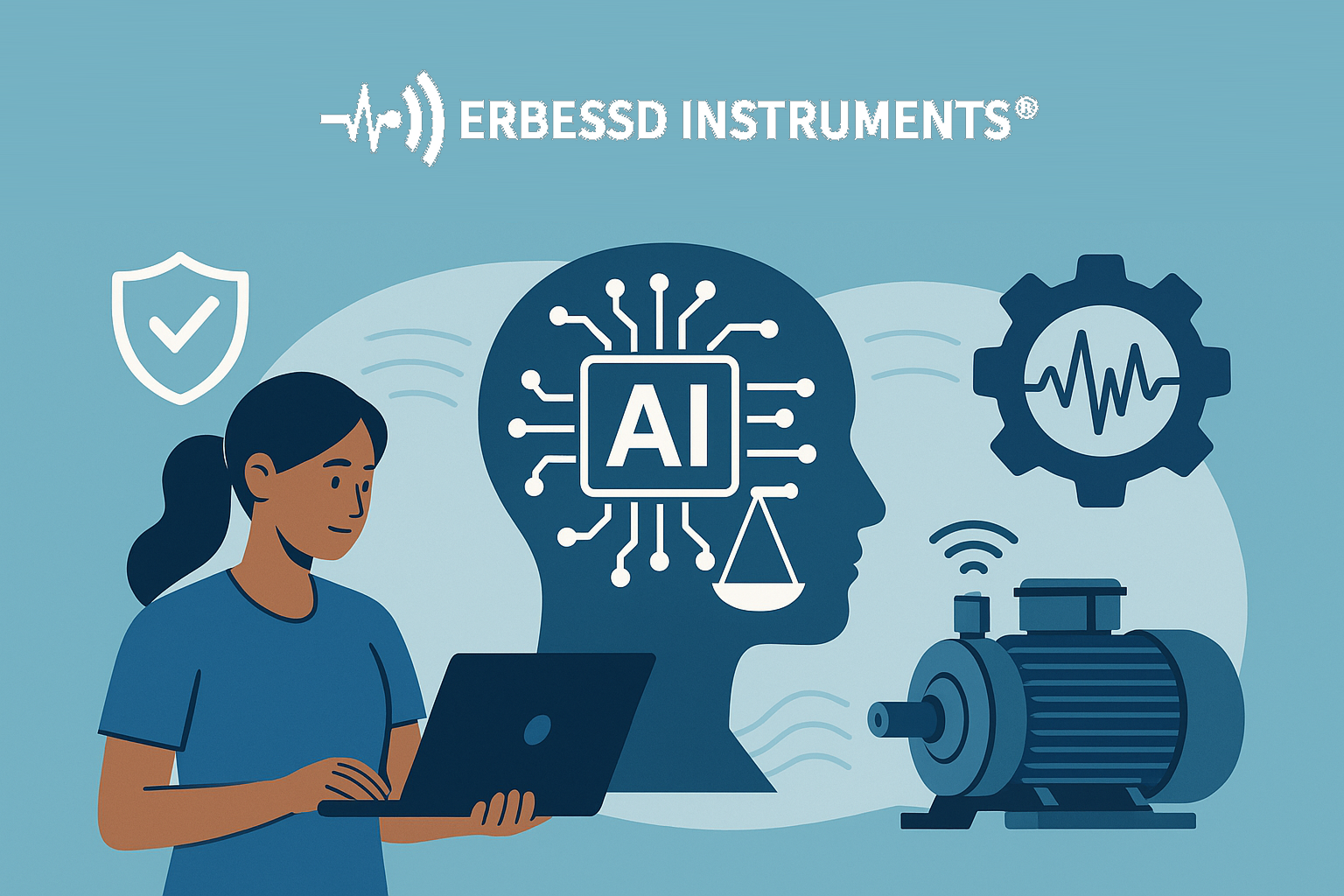Responsible AI in Condition Monitoring
🔧 Introducing AI as a Tool—not a Replacement
In today’s fast-paced industrial environment, artificial intelligence (AI) is more than just a buzzword—it’s a powerful tool that, when used responsibly, can make predictive maintenance smarter, faster, and more efficient. But the key word here is responsibly. The role of AI in condition monitoring should be to empower – not replace – the deep expertise of technicians and analysts.
🧠 The Irreplaceable Human Touch
Technicians and analysts bring to the table years of hands-on experience, intuition, and situational context that AI simply cannot replicate:
- Intuition & nuance – discerning subtle anomalies in vibration patterns or operational behavior.
- Real-world insight – understanding complex system interdependencies and process-critical subtleties.
- Contextual judgement – prioritizing maintenance actions based on safety, operational impact, and cost/risk trade-offs.
🤖 Supervised Machine Learning: Smarter Models, Not Black Boxes
Erbessd Instruments highlights supervised machine learning as a cornerstone for intelligent condition monitoring systems. Here’s why that matters:
- Learning from real data: Supervised algorithms train on labeled data—fault examples annotated by humans—to recognize patterns and predict future failures.
- Ongoing model refinement: As the system compares its predictions with actual outcomes, the model learns and improves over time.
- Semi-supervised evolution: Tools like Erbessd’s EI-Analytic combine labeled and unlabeled data—using expert input to lift accuracy and make models more grounded in reality.
Read More about Black Boxes & White Boxes Here
🧰 AI as Part of the Predictive Maintenance Toolbox
Think of AI like another instrument in your kit:
| Tool | Human Role | AI Role | Together |
|---|---|---|---|
| Vibration meter | Identifies patterns & anomalies | Tracks statistical changes in real time | AI highlights trends, technician confirms root cause |
| Supervised ML | Labels and reviews fault data sets | Applies trained models to predict failure | Humans curate quality data; AI flags significant deviations |
| Rule-based logic | Sets rules from expertise (e.g. phase, amplitudes) | Automates filtering and triage | AI handles volume, humans validate nuanced cases |
✅ Responsible AI: Best Practices
- Human-in-the-loop supervision – Ensure analysts validate AI predictions and refine the models.
- Explainable insights – Use open, transparent systems (like Erbessd’s white-box models) where you can see how decisions are made.
- Asset-specific customization – Avoid one-size-fits-all. Erbessd’s semi-supervised models allow customization per asset, respecting that failure modes differ across facilities.
- Continuous improvement – Keep data pipelines alive: feed new labeled cases back into models so they stay accurate and reliable.
- Assistive alerts – Configure AI tools to suggest, not automatically shut down assets—especially for critical ones—so humans remain in control.
🎯 Why Responsible AI Wins
- Efficiency – AI handles data deluge, allowing teams to focus on what matters.
- Accuracy on your terms – Baseline models learn your plant’s normal behavior; alerts reflect your context.
- Trust & transparency – Combining rule-based logic with supervised learning delivers explainable and defensible outcomes.
- Enhanced collaboration – Tech + AI teams foster shared knowledge and better decision-making.
👷♀️ Real-World Boost, Real People
Erbessd’s approach isn’t theoretical—it’s built in collaboration with analysts worldwide. Their platforms (DigivibeMX, EI‑Analytic, WiSER) are designed to mirror and amplify expert workflows—not override them.
With WiSER Vibe, technicians carry powerful vibration diagnosis tools on smartphones, integrated with semi-supervised models that adapt to real-world feedback. These are tools in the palm of their hands, not behind locked code.
🏁 Conclusion
Responsible AI in condition monitoring means amplifying human judgment—not replacing it. By using supervised machine learning, transparent modeling, and human oversight, we build systems that are accurate, trustworthy, and tailored to real environments.
In the predictive maintenance toolbox, AI is the newest tool—but it works best when wielded by skilled hands. Done right, it makes teams more effective, dynamic, and proactive—empowering analysts to keep the wheels of industry turning smoothly.
Megh Howard, BSc serves as the Chief Marketing Officer and Director of People & Culture at Erbessd Instruments. This unique combination allows her to unite the company’s outward-facing brand strategy with its internal culture and values—ensuring that how the company shows up for its customers is deeply rooted in how it operates from within.
Megh believes that a strong, people-centered culture is essential to delivering exceptional customer experiences. By fostering an environment where employees feel valued, connected, and empowered, she helps ensure that customer-first values aren’t just part of the marketing message—they’re lived every day across the organization. Her work aligns employee engagement with service excellence, bridging global teams and creating a workplace that mirrors the trust and support Erbessd Instruments extends to its clients and partners.
A graduate of Hudson Valley Community College and Penn State University, Megh brings a thoughtful, relationship-driven approach to leadership—connecting with colleagues, customers, distributors, and industry peers with authenticity and purpose.









